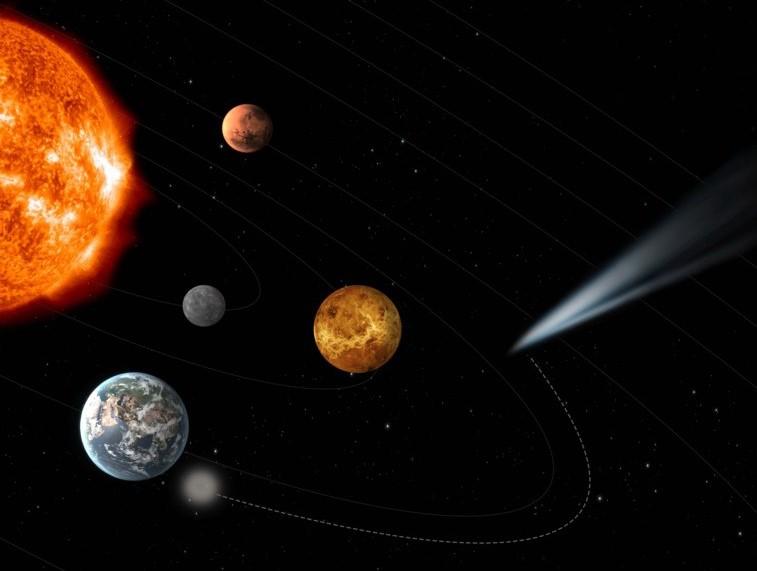‘Comet interceptor’ craft built in Europe to unlock space secrets billions of years old
New ESA mission will involve three separate spacecraft that travel to as-yet-undiscovered comets

Your support helps us to tell the story
From reproductive rights to climate change to Big Tech, The Independent is on the ground when the story is developing. Whether it's investigating the financials of Elon Musk's pro-Trump PAC or producing our latest documentary, 'The A Word', which shines a light on the American women fighting for reproductive rights, we know how important it is to parse out the facts from the messaging.
At such a critical moment in US history, we need reporters on the ground. Your donation allows us to keep sending journalists to speak to both sides of the story.
The Independent is trusted by Americans across the entire political spectrum. And unlike many other quality news outlets, we choose not to lock Americans out of our reporting and analysis with paywalls. We believe quality journalism should be available to everyone, paid for by those who can afford it.
Your support makes all the difference.The European Space Agency has fast-tracked the development of a ‘Comet Interceptor’, following the success of its Rosetta probe.
Led from the UK’s Mullard Space Science Laboratory, the new mission will see three separate spacecraft fly out to meet any comet approaching Earth’s orbit.
They would then perform separate but complementary studies, allowing scientists to create a 3D model of it.
“Pristine or dynamically new comets are entirely uncharted and make compelling targets for close-range spacecraft exploration to better understand the diversity and evolution of comets,” said Gunther Hasinger, ESA’s director of science.
“The huge scientific achievements of Giotto and Rosetta – our legacy missions to comets – are unrivalled, but now it is time to build upon their success and visit a pristine comet, or be ready for the next ‘Oumuamua-like interstellar object.”
Any comet will probably come from the Oort cloud, which is thought to surround the outer reaches of the solar system.
Comets from this region have been relatively undisturbed since the system's formation, and could therefore offer insights into celestial occurrences billions of years ago.
Other targets for the mission would be what the space agency described as an “interstellar interloper” from another star system, though such occurrences are much rarer than comets breaking free of the Oort cloud.
It is likely the Comet Interceptor will be launched and waiting in space for a suitable comet encounter before it finds a target.
“This type of innovative mission will play an important role in supplementing ESA’s Science Programme as we plan for the next decades of scientific exploration of our universe,” said Mr Hasinger.
Join our commenting forum
Join thought-provoking conversations, follow other Independent readers and see their replies
Comments